Genus Hipparchia Higher classification Hipparchia | Scientific name Hipparchia fagi Rank Species | |
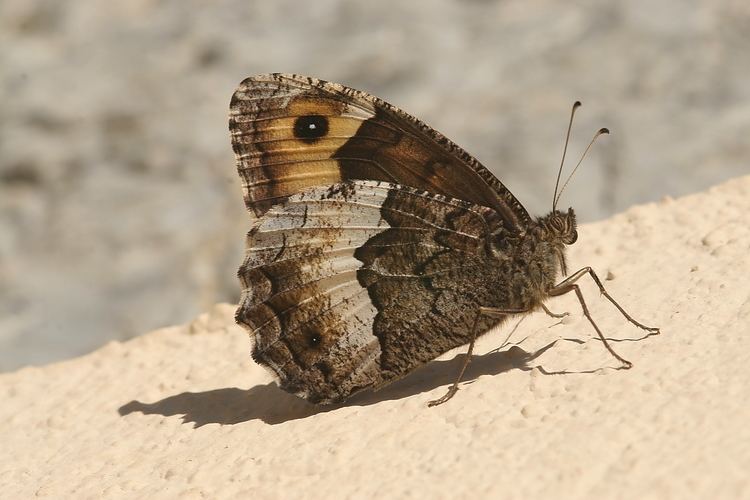 | ||
Similar Hipparchia, Butterflies and moths, Hipparchia alcyone, Brintesia circe, Grayling | ||
Hipparchia fagi
Hipparchia fagi, the woodland grayling, is a butterfly of the family Nymphalidae.
Contents
- Hipparchia fagi
- Woodland grayling hipparchia fagi
- Etymology
- Subspecies
- Distribution and habitat
- Description
- Biology
- References
Woodland grayling hipparchia fagi
Etymology
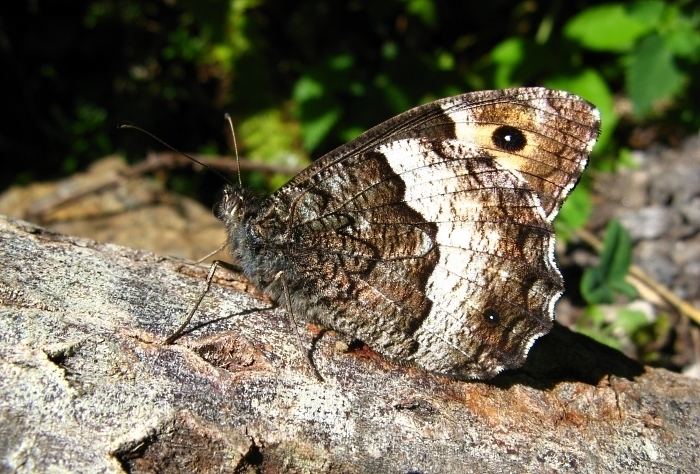
The Latin species name fagi, meaning of beech (=fagus), refers to the prevailing species of trees in the relating biotope.
Subspecies
Distribution and habitat
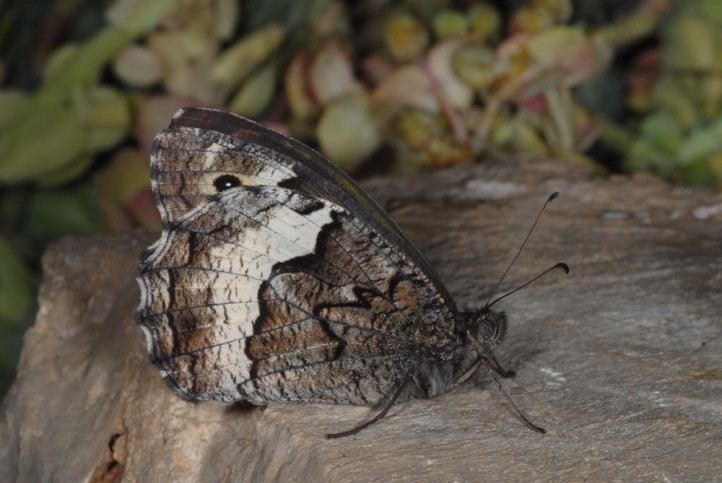
This common and widespread European endemic species can be found in most Europe, mainly south of the Alps (Albania; Andorra; Austria; Bosnia and Herzegovina; Bulgaria; Croatia; Czech Republic; France; Germany; Greece; Hungary; Italy; Macedonia; Montenegro; Portugal; Romania; Russia; Serbia; Slovakia; Slovenia; Spain; Switzerland; Ukraine). It occurs on broad-leaved deciduous forests, coniferous woodland, grassy vegetation, in woodland glades and woodland rides and, from sea level to 1,600 m elevation.
Description
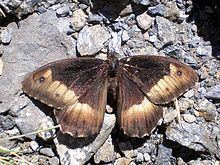
Hipparchia fagi has a wingspan of 66–76 millimetres (2.6–3.0 in). These large butterflies have dark brown uppersides of the wings, with a fringed margin, a white submarginal band more evident in the females and one black eyelet at the apex of each forewings. In the males the white band has a single very small eyelet on each hindwind, sometimes showing a white pupil, while in the females it shows one or two ocelli.
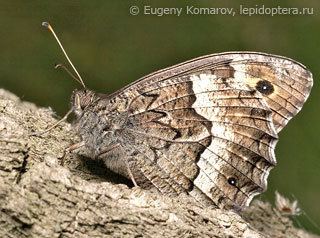
The underside of the forewings is rather similar to the upperside: The hindwings are marbled of brown and white with a broad white band. The white band on the internal edge of the underside hindwings is curved, while the white band on the underside forewings is often without a significant indent.
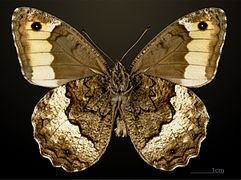
The coloration and pattern of these butterflies are an excellent camouflage on the bark of the trunks where the butterfly usually rests, with the eye-spots hidden by the closed wings. This species is similar but larger than Hipparchia hermione. It is also rather similar to Hipparchia syriaca and Hipparchia genava.
The caterpillar has a pale brown head with four darker streaks. Body is light brown with a bifid posterior end, a dark brown dorsal band and brownish lateral bands.
Biology
Adults fly from June to September. This species has one generation a year. The caterpillars overwinter. The larvae feed on various types of grass, such as Brachypodium pinnatum, Bromus erectus, Festuca rubra, Holcus lanatus et Holcus mollis.
